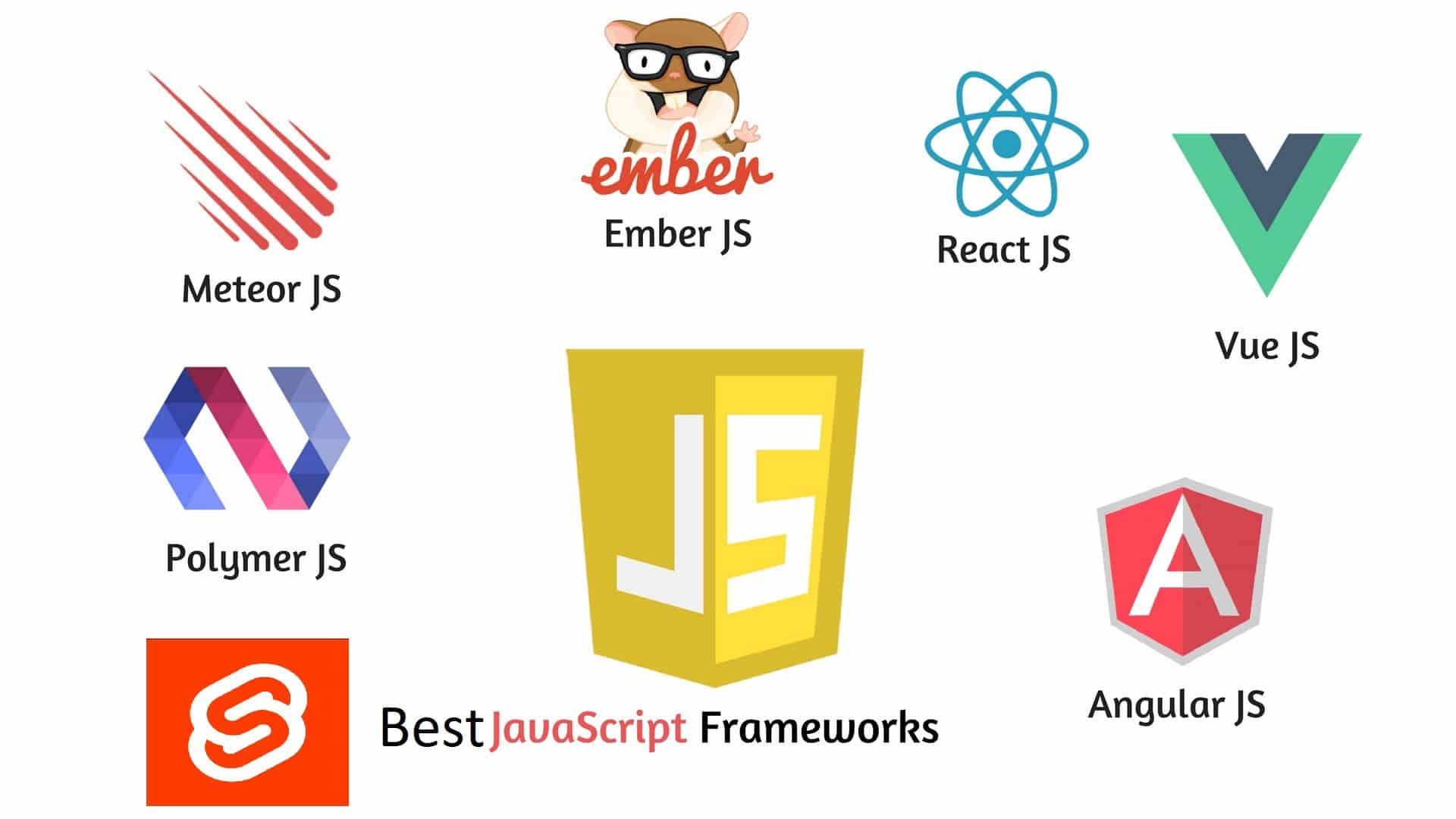Blitz News Digest
Stay updated with the latest trends and insights.
JavaScript Framework Drama: The Soap Opera of Web Development
Discover the wild twists and turns of JavaScript frameworks—Web development's dramatic saga! Click to unravel the chaos!
The Endless Battle: React vs. Angular - Which Framework Wins?
The debate between React and Angular is a defining conversation in the world of web development. Each framework offers unique strengths and weaknesses, making them suitable for different types of projects. React, developed by Facebook, is often favored for its flexibility and performance, allowing developers to create dynamic user interfaces with ease. On the other hand, Angular, backed by Google, provides a comprehensive framework with built-in functionalities that streamline the development process. This distinct architecture makes Angular a go-to choice for larger applications that require robust solutions.
When considering which framework might 'win', it often boils down to the specific needs of a project. For instance, React's component-based architecture allows for rapid development and easy integration with other libraries, making it ideal for projects that require quick iterations. Conversely, Angular's opinionated structure offers a comprehensive approach, facilitating teamwork and maintainability through its two-way data binding and dependency injection features. Ultimately, the choice between React and Angular should be guided by project requirements, team expertise, and long-term maintenance considerations.

Vue.js: The Underdog's Rise in the JavaScript Framework Arena
Vue.js, often regarded as the underdog in the JavaScript framework arena, has steadily gained traction since its inception in 2014. Unlike its more prominent counterparts like React and Angular, Vue offers a lightweight and flexible approach to building user interfaces. Its simplicity and ease of integration have attracted developers from various backgrounds, allowing them to seamlessly incorporate Vue into their existing projects. This flexibility is further enhanced by a robust ecosystem that includes a suite of tools, state management patterns, and routing capabilities, solidifying its position as a strong competitor in a crowded marketplace.
The rise of Vue.js can be attributed to several key factors that resonate well with modern web development needs. Firstly, its progressive framework design allows developers to adopt as much or as little as they want, making it suitable for both small and large applications. Additionally, Vue's component-based architecture promotes reusability and maintainability, which streamlines the development process. With impacts seen across various industries, it's clear that Vue.js is carving out its own niche, proving that even an underdog can rise to the top in the world of JavaScript frameworks.
Is Framework Fatigue Real? Navigating the Sea of JavaScript Options
Framework fatigue is an increasingly common concern among developers navigating the expansive sea of JavaScript options available today. With numerous frameworks such as React, Angular, Vue, and Svelte competing for attention, many developers find themselves overwhelmed by the sheer number of choices. Each framework comes with its own set of features, paradigms, and ecosystems, making it challenging to determine which option is the best fit for a project. This feeling of being overwhelmed can lead to frustration, decreased productivity, and, ultimately, framework fatigue.
To effectively navigate this landscape, developers are encouraged to take a step back and evaluate their specific project requirements. Considerations such as team familiarity, project size, and long-term maintenance should guide the selection process. Moreover, engaging with the community through forums, meetups, and conferences can provide valuable insights into the practical implications of using a particular framework. By approaching the landscape thoughtfully and seeking balance, developers can mitigate the effects of framework fatigue and make informed decisions that lead to successful project outcomes.